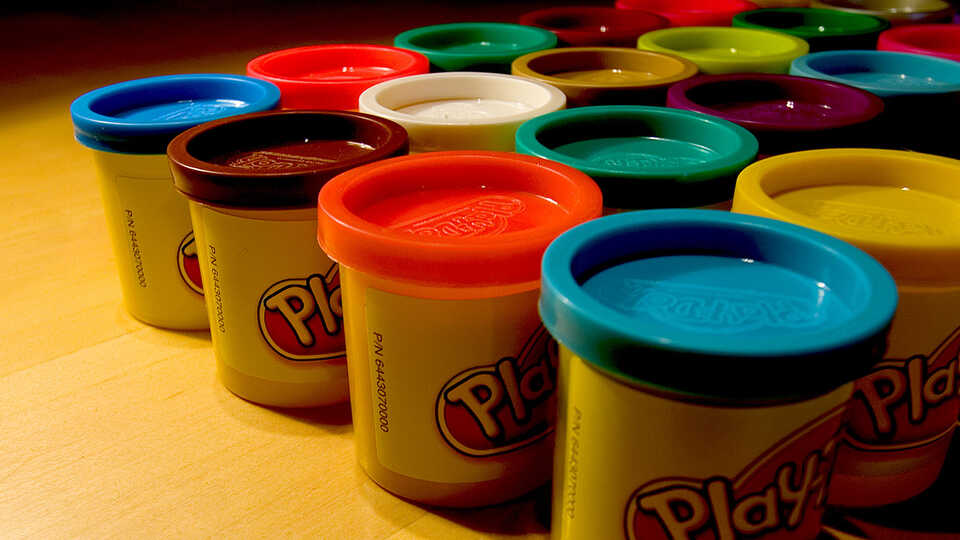
What Color is Your Leaf? (K - 2nd Grade)
Students head outside to look closely for patterns of leaves in a shady environment versus a sunny environment. In what ways are the colors the same or different?
Go Bug! (K - 3rd Grade)
Ever played the card game Go Fish? If you know the rules, you can easily learn how insects undergo the stages of metamorphosis to become an adult.
Worlds in Comparison (2nd - 6th Grade)
Do you know the relative sizes of the planets in our solar system? Put yourself to the test with some Play-doh! This activity allows students to model, in three dimensions, the relative sizes of the planets.
Build a Coral Polyp (2nd - 6th Grade)
By building an edible coral polyp, students will learn the anatomy of coral and be able to explain why corals are animals, rather than plants.
Earth’s Water: A Drop in Your Cup (3rd - 5th Grade)
Our planet's surface may be mostly covered in water, but how much of that can we use? In this activity, students will see how water is distributed across different sources and how much can be used by humans.
Measuring Earthquakes (4th - 8th Grade)
By building your own seismograph to document shaking, you and your children will learn about the cause of earthquakes and how scientists measure earthquake intensity.
Buoyancy Bull’s-Eye (6th - 8th Grade)
In this hands-on investigation using household objects, students will explore the concepts of buoyancy and mass to create a device to help an action figure stay neutrally buoyant, just like a scuba diver.
Mapping Mockingbirds (7th - 12th Grade)
By solving a logic puzzle, students will learn about the speciation of the Galápagos mockingbirds as they practice reading and constructing a branching diagram showing the evolutionary relationships among this group of birds.